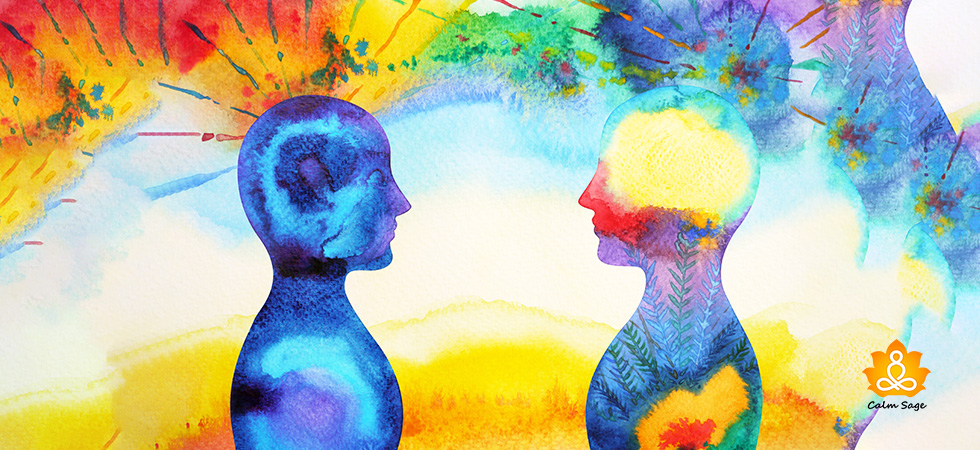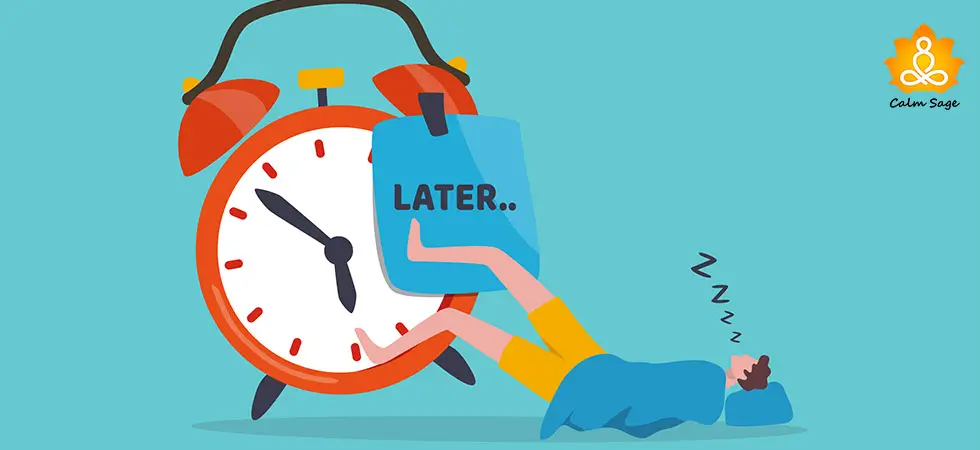What is Color Psychology : Effects of Colors on Emotions

The physical world and the psychological world are a rainbow of chaos. Colors illustrate, in their unique way, our emotions and our reactions. Emotions are closely related to our ability to perceive our feelings and moods and Taking care of our emotional well-being is as important as our physical well-being.
Also Read: Top 7 Colors to Bring Positivity in Your Home
Colors are the best visual tool to portray our emotions. Different colors represent our various emotions. These colors not only represent our positive emotions but also our negative ones as well. Warm and cool colors influence our behavior and moods in different ways.
“Color helps to express light – not the physical phenomenon, but the only light that really exists, that is the artist’s brain.” – Henri Matisse
For instance, the color green not only represents creative thinking, quiet, compassion but also envy. Similarly, red represents excitement and warmth but also rage and stress.
The Psychological Effects of Colors:
As Carl Jung once said, “Colors are the mother tongue of the subconscious”. These colors not only help in depicting our emotions and mood but also help represent our traditions and cultures.
For example, in western countries, white is considered an auspicious color that represents purity and innocence but in eastern countries the same color depicts mourning and loss.
Many shades of color need to be understood. Saturated (cool) and bright (warm) colors. Saturated or cool colors are pure and represent calm, sadness, and indifference. Bright or warm colors indicate feelings of warmth, comfort, anger, and malevolence.
1. Red
Positive: Courage, strength, warmth, energy
Negative: Aggression, rage, stress, wrath
Red is a powerful color that is first on the warm color spectrum. It is very effective in catching and keeping attention and stimulates the ‘fight-or-flight’ response. Red is a strong and basic color that somehow represents love, warmth, aggression, and rage at the same time.
2. Blue
Positive: intelligence, trust, duty, serenity
Negative: coldness, aloofness, indifference, lack of emotion
Blue is the color of intellectual and is naturally soothing. The light blues in the spectrum brings calm and concentration where the dark blues stimulate thoughts and feelings. Blue represents communication and is the first on the cool color spectrum. Although the color provokes the feeling of calm, it can also depict loss and lack of passion.
3. Yellow
Positive: optimism, confidence, self-esteem, creativity, emotional stability
Negative: irrationality, fear, depression, anxiety, suicide
Yellow is a color that stimulated the emotional reaction, psychologically. The lighter yellow brings out optimism and confidence whereas the darker shade of the color causes an increase in anxiety and loss of self-esteem.
4. Green
Positive: harmony, balance, peace, refreshment, natural awareness
Negative: envy, boredom, unimaginative, dreary
Green is the color of balance and stability. It represents harmony and the emotions related to green gives us the feeling of being grounded. Negatively, green depicts the emotions of jealousy and boredom, giving the feeling of blandness.
5. Violet
Positive: spirituality, contentment, luxury, truth, quality
Negative: introversion, defeat, corruption
Not very high on the color spectrum, violet or purple usually depicts the spiritual values. It represents the cosmos, time, and space and excessive use of color can turn negative fast. It is not widely used as it encourages deep thoughts and introversion.
6. Orange
Positive: comfort, food, passion, sensuality, fun
Negative: poverty, frustration, immaturity
This color is a combination of red and yellow hence it has both physical and emotional attributes. Orange is depicted as a fun color but also poverty and want. The use of too much orange means a lack of seriousness and intellect.
7. White, Black & Grey
Positive: purity, innocence, sophistication, security, neutrality
Negative: coldness, hostile, suppression, menace, depression, lack of confidence
White represents reflection while black represents absorption. White is often a depiction of purity and hygiene. It induces a sense of youth and novelty. Black, on the other hand, is a powerful color as it communicates clarity and sophistication. Grey is the only color that is neutral and subtle. It has somewhat of a dampening effect on the psychological part and using grey communicates a lack of confidence and energy.
How Color Influence Consumer Purchases:
Colors have a way of communicating without too much effort. Often businesses and corporations use these psychological tactics to bring attention to their market.
Food industries attract their customers by using the color red and yellow to present their ideas and products. Similarly, automobile manufacturers use the color black to represent the luxury and sophistication of their products. Conveying messages with colors creates moods and influences decisions.
You can use colors to connect with others and relax. Certain colors help to keep stress levels at minimal and increase the mood and energy of homes and businesses. Colors have nostalgic attributes that assist with memory and past experiences.
Final Words:
Colors have soothing effects on psychology and are a tool of therapy for many disorders. Color therapy or chromotherapy has become a useful tool as an alternative therapy tool. Its primary goal is to balance out the psychological and physiological nerves.
Color creates and heals – heart and soul. Color is what gives our life meaning. Sometimes all you truly need is a splash of color.
You Might Like These Also:
How is Stress Actually Good? According to Psychology





















Wow. That was something new.. You have a got a daily visitor..
After reading this blog I can say that colors are all around us but it is important to understand what impacts they have on our mood and emotions.
My Favorite color is blue and i must say you got my qualities
Green is my favorite. :)
Amazing content to read!
This topic is really interesting. I really like black because it's make me feel more calm and cool. And I am agree with the positive and negative emotions of this color.
My color is green and positive is: balance, peace, refreshment
That's an interesting read! My takeaway is every colour has negatives and positives, it's all in your mind... How you take it is the key!
One of the best ways to keep yourself calm is to learn new things everyday.. little ones (don't need to be big).. what sooths my mood is navy blue.. thank you guys
This is something really nice.
Thanks for sharing good blog
this is quite an interesting
I must say this is something worth my time! beautifully expressed. Thanks for sharing:)